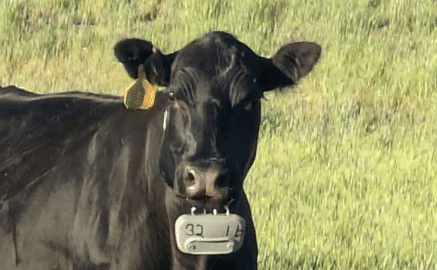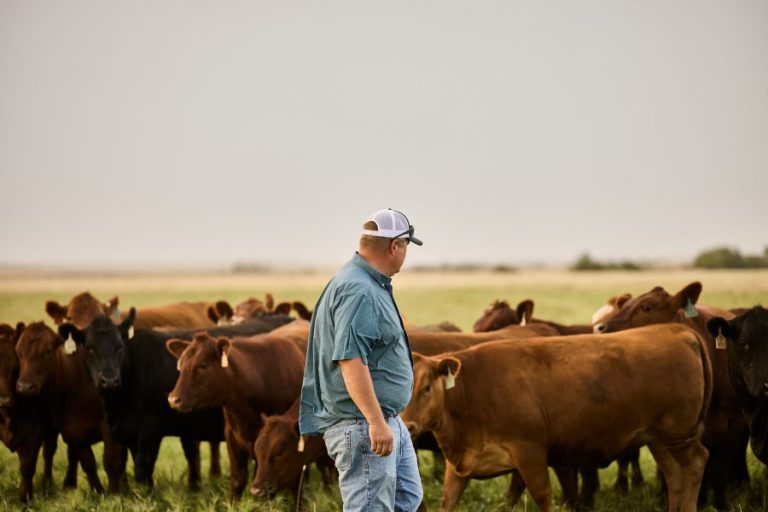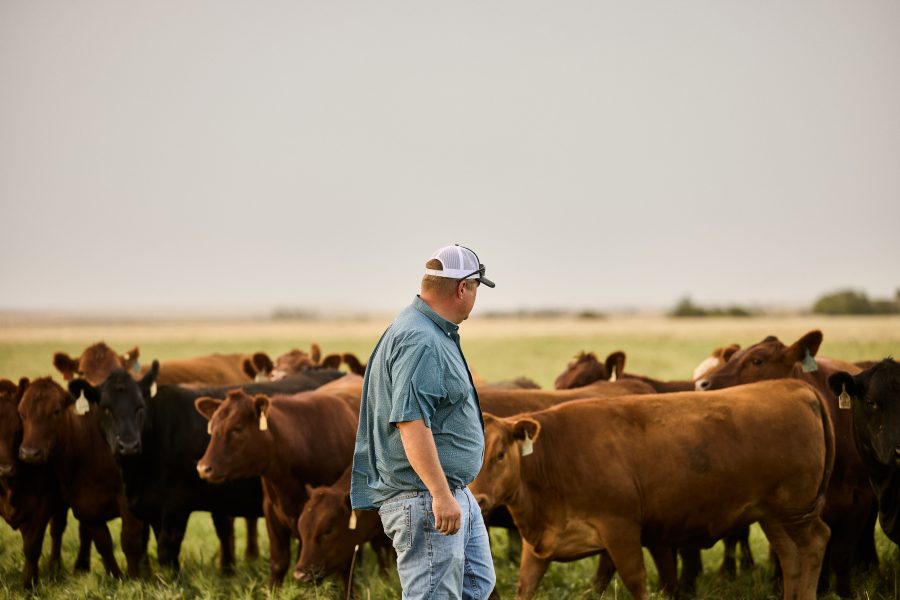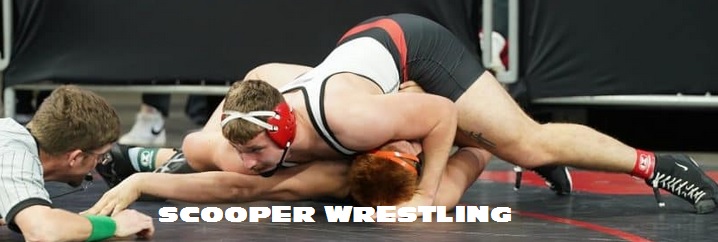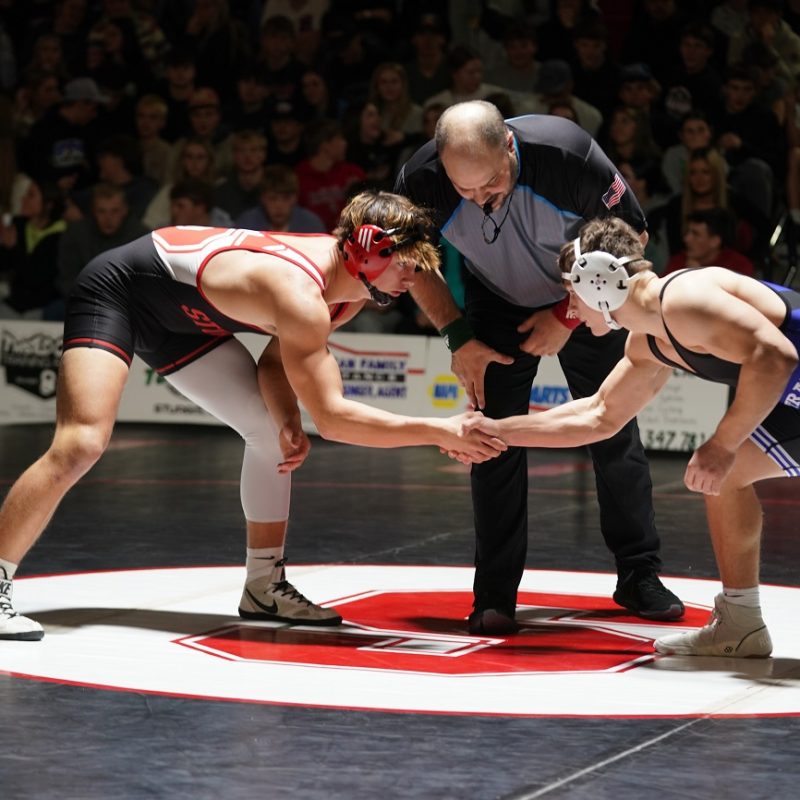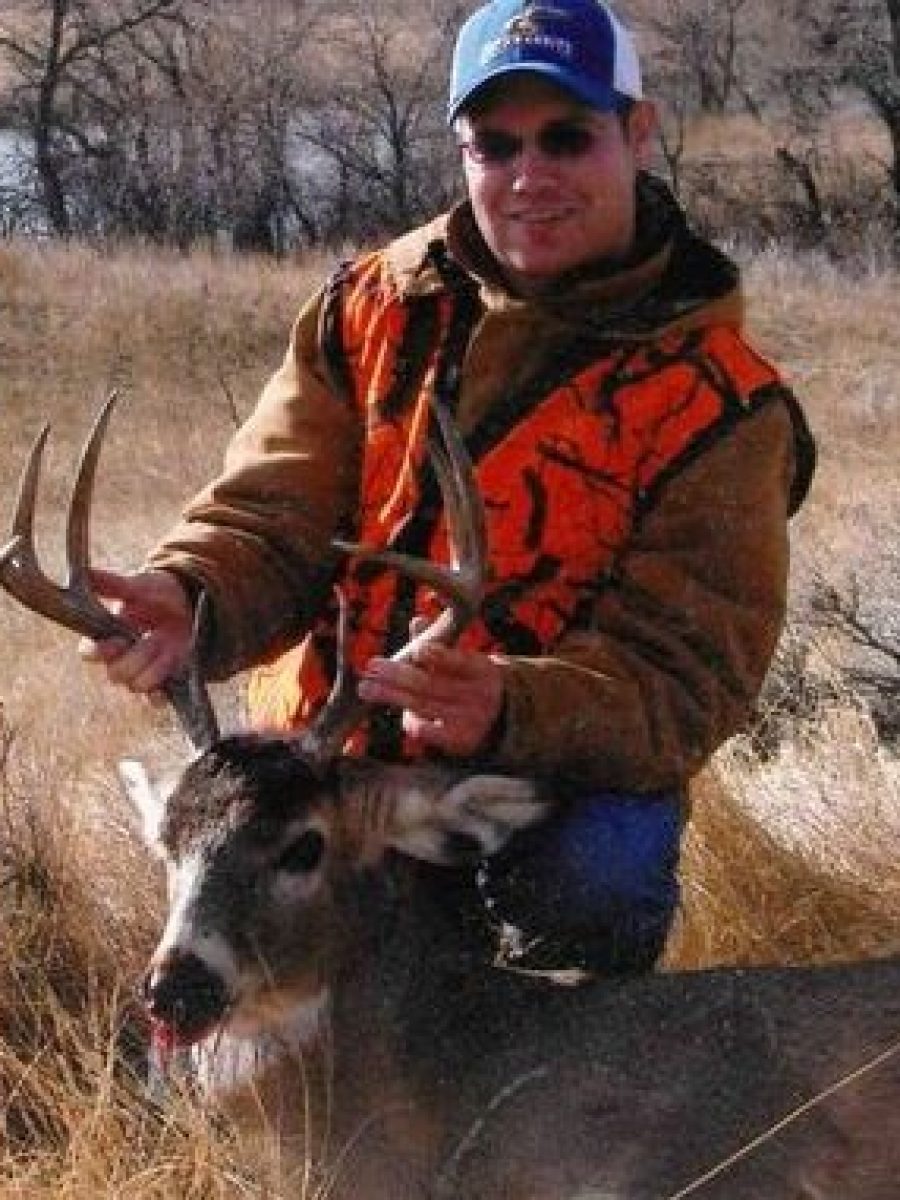JORDAN, MT – In the vast landscapes of Garfield County, where flatlands meet rough breaks, Wally Harbaugh is shaking things up with virtual fencing.
Virtual fencing works through GPS-equipped collars on livestock and base stations on hilltops. There is a sound component to the collars as the cows are being trained to the virtual fence line, followed by a shock.
“What you have to do is put together some base station towers, which are components that go on hilltops-we have three. Then you have to put the collar on the cow, getting a pretty good fit on their necks. From there, you have to train the cows,” Harbaugh told Northern Ag Network’s Grace McDonald.
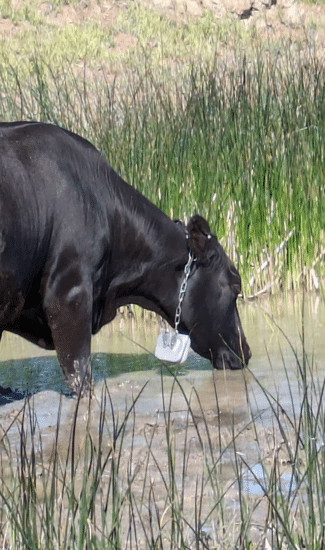
The technology is managed through an online app that can be used on any device with internet access.
“From your device it goes through the cell data towers to your base stations. The information is converted to radio band and goes to the collars. There’s also a satellite GPS tracking component that tracks your cattle and records your data,” said Harbaugh.
The base stations are $10,000 dollars apiece, collars are $40, and batteries $10. The Vence manufacturer company batteries last about 6 to 9 months. While the initial investment is expensive, Harbaugh said that the longer-term benefits will be worth it.
Grazing management and reducing fence repairs are some of those benefits. After a prairie fire burned up a lot of old fences, Harbaugh views virtual fencing as a good alternative.
“In the end it’s going to hopefully pay that dividend for that one cow that never comes home at the end of the year or the bull that you just can’t find at the end of the breeding season.”
⌊ Upgrades To Cottonwood Field Station Include Precision Ranching Studies 〉
Harbaugh has tried out the virtual fence line along a hard fence line to trail a new herd of cattle from one pasture to the next. He said it seemed to help keep the lead cows slowed down enough for the end of the slow herd with the baby calves to keep up.
Looking ahead, Harbaugh sees more opportunities for virtual fencing. In the future, he may reduce infrastructure cost by sharing base stations with neighbors.
“We are going from traditional ranch grazing management to a new grazing management system. What we are looking at is putting herds within pastures, and then breaking it down into individual cells within those pastures and trying a couple of different management techniques.”
From redefining grazing management to tracking cattle, Wally Harbaugh is working towards sustainable agriculture through virtual fencing.
“Technology in ranching has always been there from cowboys on horses, to cowboys on motorcycles, to cowboys in airplanes, to now cowboys in satellites. That’s the future of it.”
